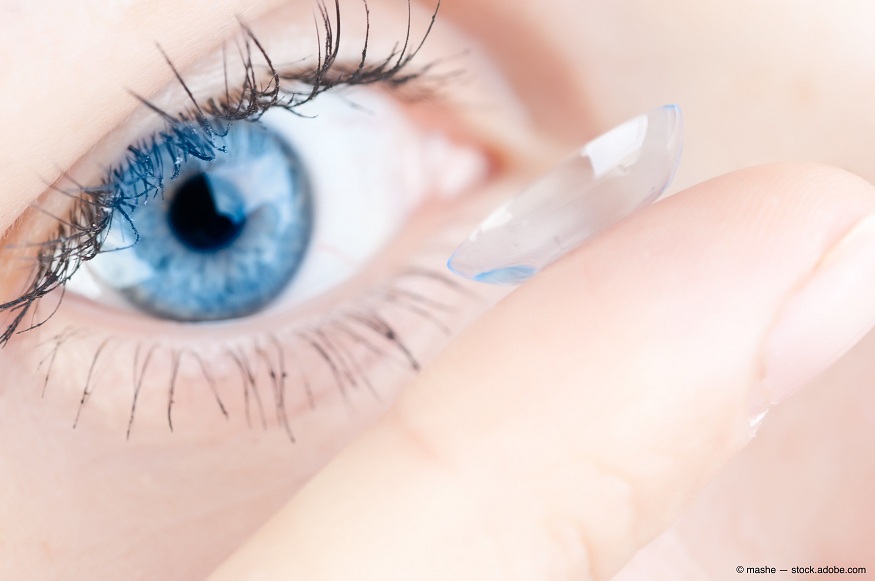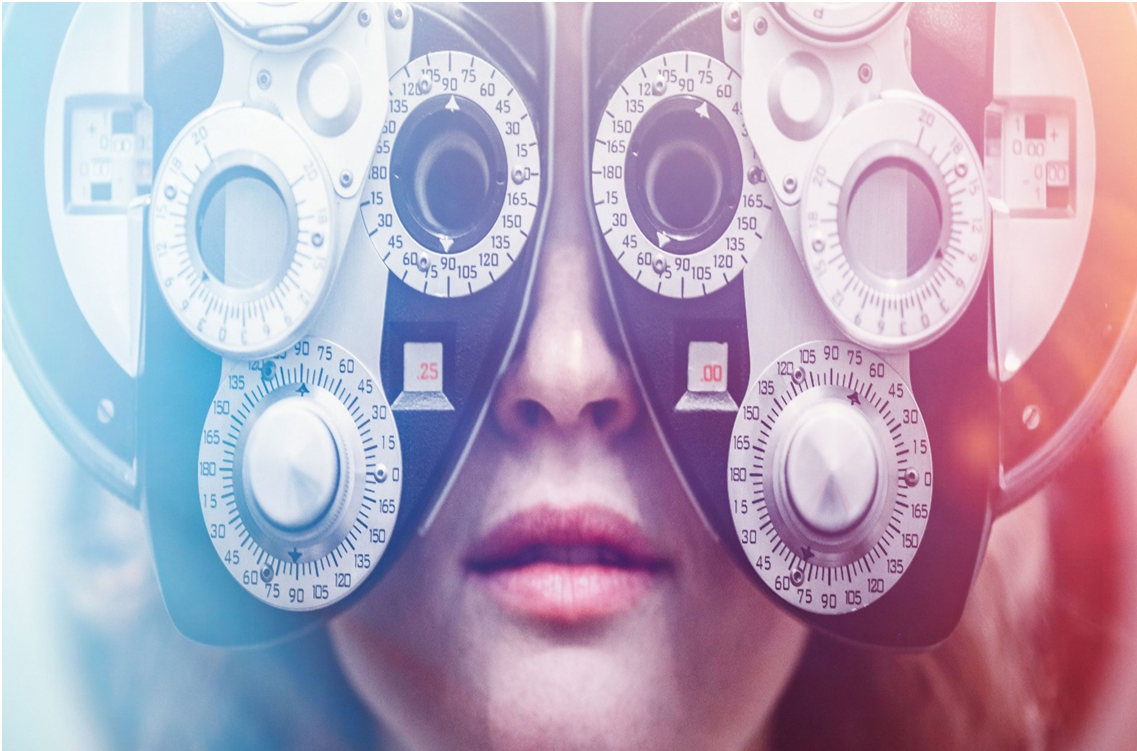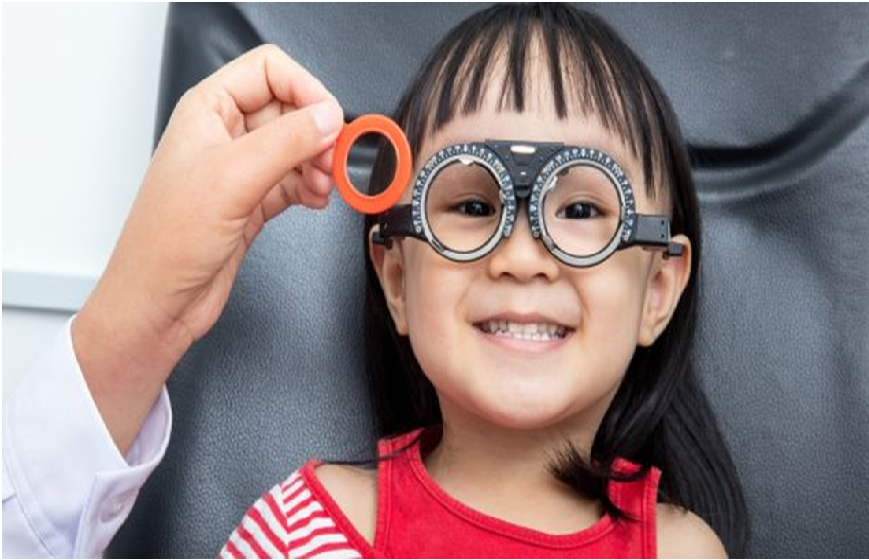Johnson & Johnson Inc.-sponsored Perspectives on Achieving Presbyopic Contact Lens Success—the second The Lens supplement is a useful tool for optometrists who are apprehensive about giving multifocal contact lenses to presbyopic patients. The supplement contains a discussion among CLCS members about supplying multifocal contact lenses, including which patients are the greatest prospects, how to approach patients, and how to manage patient expectations.
Discuss multifocal contact lenses with all presbyopic patients.
Everyone’s eyes start having difficulty concentrating close to about 40, but most patients are ignorant of their choices. Therefore, all persons over 40 who wear glasses should be aware that contact lenses are an option to be aware of the possibilities.
Presbyopic individuals who solely wear glasses, contact lens wearers who wear reading glasses over them, and those who already wear monovision contact lenses are all candidates for multifocal contact lens success (particularly those with high computer use).
Presbyopic patients are to discuss their options once a year. They may not be interested in one year, but when their daily activities change or their eyes age, they may be more willing to test multifocal contact lenses. Patients may also be unaware that contact lenses are significantly more comfortable than they were years ago.
Patients from the Baby Boomer and Generation X generations demand different approaches.
Baby boomers were born between 1946 and 1964, and Generation X was born between 1965 and 1982. Generation X patients frequently read about the latest technologies and will consult with optometrists about their possibilities. On the other hand, doctors will often need to bring up the matter first with baby boomers.
Follow the product-fitting guide and educate yourself on the many alternatives.
Each product has its fitting guide, and optometrists must use the correct one.
Encourage patients to experiment with daily disposable lenses.
Dailies are more cost-effective than regular replacement contact lenses for patients who wear contact lenses only two or three days per week. If patients are hesitant, provide them with a one-week supply to test. They frequently discover that they love the comfort and convenience enough to convert.
Manage patient expectations without exaggerating the patient’s impaired vision.
No contact lens can restore your vision to what it was when you were 16. However, optometrists should make modifications depending on the patient’s response rather than only the visual acuity measurement. Also, inform patients that light is their friend. For example, they may still struggle to read menus at a dark restaurant, but a smartphone flashlight can frequently readily solve the problem.



